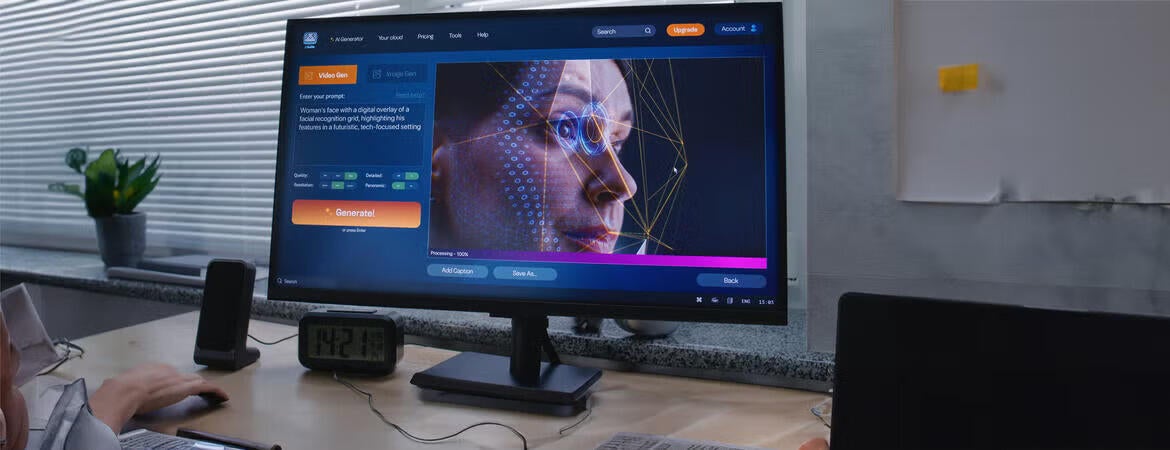Visit UCR Return to Campus website - Take the COVID Screening Check survey

UC Riverside researchers have developed a new AI system, UNITE (Universal Network for Identifying Tampered and synthEtic videos), to detect manipulated or fully synthetic videos. Unlike earlier deepfake detectors that mainly focused on faces, UNITE analyzes entire video frames, including backgrounds and motion patterns. UNITE is one of the first tools that can catch forgeries without relying on facial content.
The research was led by Prof. Amit Roy-Chowdhury, a professor of electrical and computer engineering, and doctoral candidate Rohit Kundu, both from UCR’s Marlan and Rosemary Bourns College of Engineering, teamed up with Google scientists. The collaboration enabled the model to be trained on expansive datasets on a broad range of synthetic content, including videos generated from text or still images - formats that often stump existing detectors. Roy-Chowdhury is also the co-director of the UC Riverside Artificial Intelligence Research and Education (RAISE) Institute, a new interdisciplinary research center at UCR.
The work was presented at the prestigious 2025 Conference on Computer Vision and Pattern Recognition (CVPR). The paper, titled “Towards a Universal Synthetic Video Detector: From Face or Background Manipulations to Fully AI-Generated Content”, outlines UNITE’s architecture and training methodology. Co-authors include Google researchers Hao Xiong, Vishal Mohanty, and Athula Balachandra. CVPR is co-sponsored by the IEEE Computer Society and the Computer Vision Foundation and is among the highest-impact scientific publication venues in the world.
Link to the UCR research highlight on detecting fake videos.